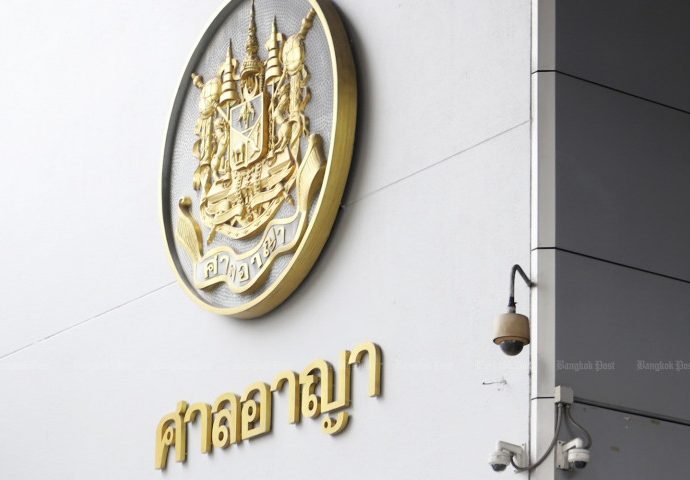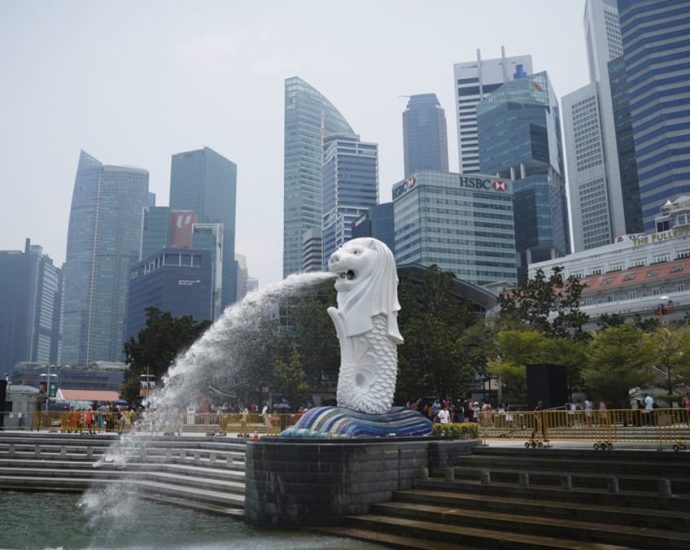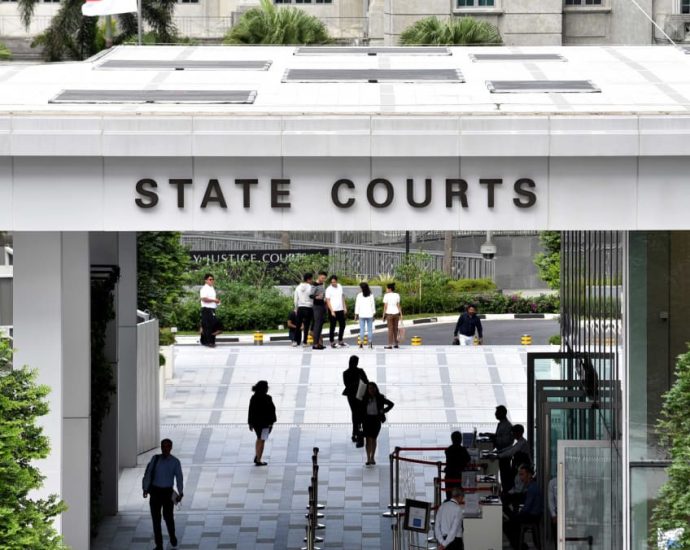Humanitarian corridor from Myanmar wars planned in Tak
Foreign minister to inspect border area
PUBLISHED : 30 Jan 2024 at 16:43

Thailand will set up a safe zone in Tak for international operations to help Myanmar people fleeing the fighting in their home country, with an eye to expanding the corridor to other border areas.
Foreign Minister Parnpree Bahiddha-Nukara said on Tuesday Tak had been chosen for the first humanitarian corridor to deliver basic needs to displaced Myanmar people, and would be the model for similar zones in other border provinces.
The minister plans to visit Tak on Feb 8-9 before launching the humanitarian corridor for international agencies to mount assistance to Myanmar people.
The announcement comes after foreign ministers of the Association of Southeast Asian Nations (Asean) agreed in a meeting in Luang Prabang, Laos, to the Thai initiative.
Thailand proposed the zone to help displaced people inside Myanmar and those fleeing the fighting in their country.
The ministers said in the statement released on Monday the operation would be carried out by the Thai Red Cross Society and its Myanmar partner.
“We welcomed the initiative between Thailand and Myanmar to scale up humanitarian assistance along the border through the Red Cross societies of the two countries, to provide effective, credible and transparent delivery of basic needs to those in need, without discrimination,” the Asean statement said.
Laos is the regional bloc chairman this year.
Mr Parnpree said other international Red Cross agencies would participate at a later stage, to ensure transparency and non-interference in the operation.
He stressed there would be no interference by Asean members in Myanmar affairs, and Thailand would not allow other countries to meddle in the humanitarian initiative. Chinese Foreign Minister Wang Yi and US National Security Advisor Jake Sullivan had agreed with the idea in talks with him, the minister added.
China’s top diplomat and the US top security official were each here for bilateral talks.
Myanmar generals toppled the democratically elected government led by Aung San Suu Kyi in February 2021. There has been continual fighting within the country since then between govenment and rebel ethnic groups.
Myanmar tycoon cleared of drug and laundering charges
Court says police evidence of money trail inconclusive in case also linked to Thai senator

The Criminal Court has acquitted Myanmar tycoon Tun Min Latt, a son-in-law of Senator Upakit Pachirangkun and three others of drug trafficking, money laundering and other charges, saying the evidence gathered by police was insufficient to show wrongdoing.
Four of the defendants in the case were individuals and the fifth was Myanmar Allure Group, a company controlled by Senator Upakit, who is facing trial on money laundering charges later this year.
Much of the evidence related to money transfers channelled through a single currency exchange branch that was used by both suspected drug traffickers and companies affiliated with Allure Group.
Ruengsak Suksiangsri, the lawyer who represented the senator’s son-in-law, Dean Young Gultula, said Tuesday’s ruling would set a precedent for police to examine details more closely before seeking arrest warrants.
Mr Ruengsak, who also represents Sen Upakit, said he would use the ruling to fight the case against his client.
Tun Min Latt, a wealthy businessman with close ties to Myanmar’s military junta, was arrested in Bangkok on Sept 17, 2022 along with Mr Dean. They and their co-accused — Allure Group and two Thai women, Namhom Nettrakun and Piyada Kamta — were facing a total of 32 charges, including drug trafficking, money laundering and involvement in a transnational criminal organisation.
The five defendants and their accomplices who remained at large, along with some defendants sentenced earlier by the Thanyaburi Provincial Court, were accused of working together to acquire large quantities of speed pills between February and May 2019.
Prosecutors said the defendants were responsible for money deposits and withdrawals, as well as transfers of funds from the drug trade to accounts linked with Allure Group. Allure allegedly laundered money from the sales of drugs to buy electricity from the Provincial Electricity Authority in Chiang Rai province, which was resold to buyers in neighbouring Myanmar. (Story continues below)

Wichai Chaimongkol, secretary-general of the Office of the Narcotics Control Board (ONCB), shows a chart detailing the alleged drug trafficking network of Myanmar tycoon Tun Min Latt during a briefing on March 22 last year. (Captured from video by the ONCB)
Currency exchange connection
During the three-hour reading of their ruling in a packed courtroom, the judges explained in detail the money trail and other evidence from six drug networks linked to a single currency exchange shop in the Chiang Rai border town of Mae Sai. Businesses in the Allure Group used the services of the same exchange, which was credible and operating legally, they said.
Witnesses linked to the six drug networks said they had not known the five defendants, the court noted. The latter were not present when the other drug suspects were arrested.
Witnesses from other businesses testified that they used the same currency exchange shop to transfer funds to pay for goods and services. The shop was especially busy during the Covid-19 pandemic as the border area was closed.
All told, the exchange had 500 accounts, 22 of which were said to have been linked to the drug trade.
When the first to fourth defendants were arrested, their companies continued to use the same payment service, said the court. This seemed unusual if the businesses were really involved with the drug trade.
After examining the evidence, the court said it could not be determined that all five defendants had been involved in drug trafficking and a transnational crime organisation. The evidence submitted by the defendants was able to completely refute that submitted by prosecutors, it said, and dismissed the case.
The prosecution can still appeal the ruling.
On hearing the ruling, relatives of the defendants stood up, clapped and cheered loudly. Many burst into tears and hugged the defendants.
Mr Ruengsak said the money trail in the case spread to other businesses, not only Myanmar Allure Group, but prosecutors had focused on that one company and the four individuals.
Other businesses such as the Carabao energy drinks firm and international schools received money from the same currency exchange, said the lawyer.
The trial of Sen Upakit, 62, is scheduled to begin on May 13 with witness examination. He is currently free on bail of 10 million baht, with a condition that he not leave the country without prior permission.
The senator has repeatedly denied allegations linking him to the crimes of which Tun Min Latt was accused. But prosecutors decided in December to indict him after a lengthy investigation.
The Office of the Narcotics Control Board (ONCB) has confiscated assets worth a total of about 760 million baht from the senator in connection with the case.
Tun Min Latt, who has interests in hotels, energy and mining, and has a history of procuring supplies for the Myanmar military, is a close associate of Myanmar junta leader Min Aung Hlaing.
When police raided his Bangkok condominium in 2022, they found assets, including title deeds and bank books belong to Min Aung Hlaing’s daughter and son.
Spot Bitcoin ETF set to galvanize HKâs status as crypto hub – Asia Times
Hong Kong will further strengthen its position as a leading global crypto hub should the recent submission of the first spot Bitcoin exchange-traded fund (ETF) application to the Securities and Futures Commission (SFC) be approved.
The Hong Kong arm of Harvest Fund Management, a major Chinese asset manager, reportedly submitted the application on Friday to the local financial regulator.
This move comes on the heels of the US Securities and Exchange Commission’s (SEC’s) approval of the first spot BTC ETF earlier this month.
The SFC’s pro-cryptocurrency stance has been a driving force behind Hong Kong’s ascent as a crypto-friendly jurisdiction. In 2023, the regulator established a framework that provided clarity and legitimacy to crypto-related businesses, paving the way for innovation and investment in the sector.
The submission of a spot Bitcoin ETF application is a testament to the confidence that the crypto community already has in Hong Kong’s regulatory environment.
ETFs offer a regulated and accessible way for institutional and retail investors to enter the crypto space without directly holding digital assets. Hong Kong’s reputation as a global financial center, combined with its crypto-friendly policies, would make it an attractive destination for international capital looking to participate in the digital asset revolution.
The introduction of a spot Bitcoin ETF would, I believe, contribute to the maturation and liquidity of the wider cryptocurrency market. ETFs, by design, facilitate easier entry and exit for investors, potentially leading to increased trading volumes and market depth.
A more liquid market is generally perceived as more stable and attractive to a broader range of participants, further establishing Hong Kong as a mature and reliable crypto center.
Institutional investors have been cautious about entering the crypto space because of concerns about regulatory uncertainty and market volatility. As such, approval of a spot Bitcoin ETF in Hong Kong could alleviate some of these concerns, serving as a gateway for institutional participation.
As institutional players gain more confidence in the market’s regulatory framework, it could result in increased institutional investments, further legitimizing Hong Kong’s position as a global crypto hub.
The city’s support for crypto innovation aligns with its broader efforts to position itself as a financial-technology nexus. The approval of a Bitcoin ETF may not only attract traditional investors, but also encourage further innovation within the sector.
Blockchain technology and digital assets are becoming integral parts of the global financial landscape, and Hong Kong’s embrace of these innovations places it on the right side of history in a rapidly evolving digital economy.
For me, the submission of the first spot Bitcoin ETF application in Hong Kong reflects the city’s commitment to encouraging a dynamic and progressive crypto ecosystem.
If approved, the ETF will catapult Hong Kong to new heights as a global crypto hub, attracting international investments, boosting market liquidity, and encouraging institutional participation.
The Special Administrative Region’s proactive regulatory approach and its strategic positioning in the heart of Asia could enhance its reputation as a leading global destination for what is the future of finance.
Nigel Green is founder and CEO of deVere Group. Follow him on Twitter @nigeljgreen.
Thai police warn Liverpool fans not to fall for Alonso scam
BANGKOK: Thai police have warned Liverpool fans not to fall for online scammers impersonating Bayer Leverkusen coach Xabi Alonso, hotly tipped to replace Jurgen Klopp at Anfield in the summer. The Central Investigation Bureau told supporters to watch out for a viral message purporting to show the Spaniard’s Instagram account askingContinue Reading
GoGet takes action against phishing scam: Multiple fraudulent websites discovered
First incident reported on 10 January, 2024
Bad actors mimic GoGet’s website, aiming to phish for sensitive information
GoGet, a digital staffing and recruitment platform catering to gig, part-time, and full-time workers, has uncovered the presence of malicious actors. According to the startup, these individuals have created several phishing websites that closely mimic…Continue Reading
Singapore football head coaches in the last 10 years: How have they fared?

V SUNDRAMOORTHY
After Stange’s departure, V Sundramoorthy returned to the national team in May 2016 as caretaker coach on a one-year contract. This was extended in 2017 by another year.
In a statement, then-FAS vice-president Lim Kia Tong said that the association had “received applications from many qualified and experienced applicants around the world”, but ultimately decided to give a local coach the opportunity to coach the national team.
When he took the job, Sundram became the first Singaporean national coach in 16 years – Vincent Subramaniam took charge from 1998 to 2000.
The Lions suffered a torrid AFF Cup campaign in 2016, finishing last in their group after defeats to Thailand and Indonesia, as well as a goalless draw with host Philippines.
The following year, Singapore failed to win a single game.
Sundram stepped down from his role in April 2018, with a record of three wins, five draws and 15 defeats in 23 matches.
Singapore ranked 5th least corrupt country in 2023
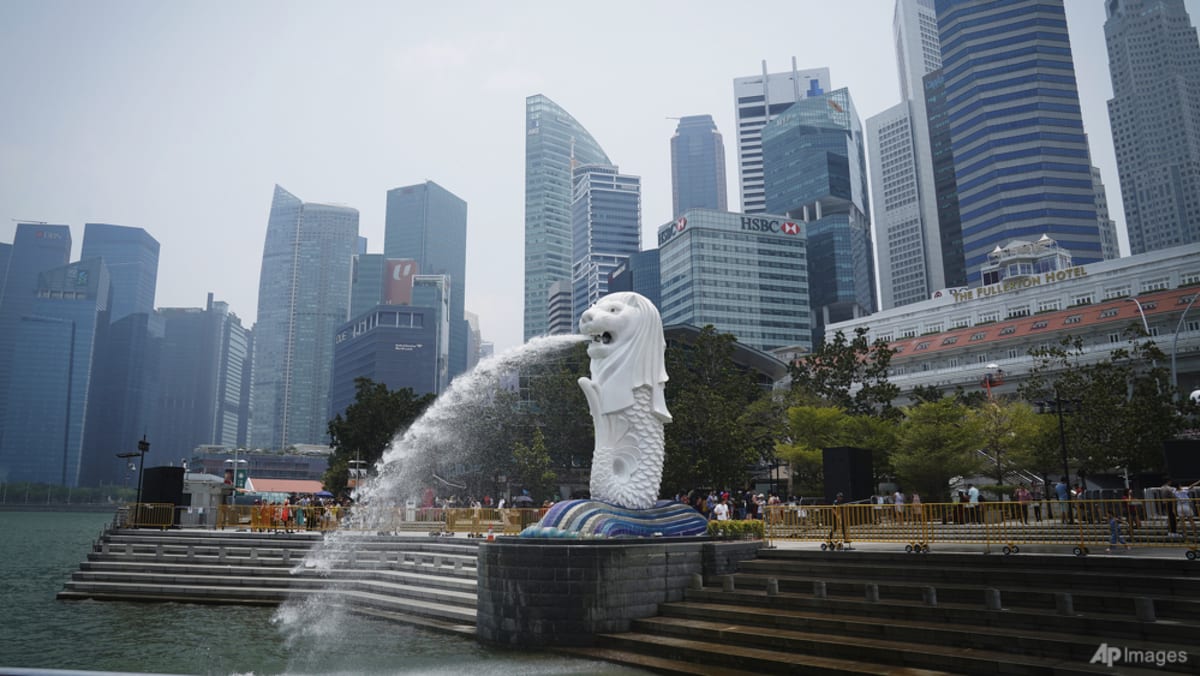
Input is provided via expert opinion and the surveys of business people, the Corrupt Practices Investigation Bureau (CPIB) said in a press release on Tuesday (Jan 30). It said that this data was taken from 13 external sources.
Singapore scored 83 in 2023, the same score it received the year before.
The CPIB said the corruption situation in Singapore “remains firmly under control”, pointing out that the number of public sector corruption cases remains consistently low.
“Public Perception Surveys regularly conducted by CPIB indicate strong public confidence in our national corruption control efforts,” it added.
CPIB also provided additional rankings related to corruption. Singapore was ranked third for absence of corruption in the World Justice Project Rule of Law Index 2023. This makes it the top Asian nation out of 142 countries.
It also performed well in the 2023 Report on Corruption in Asia by the Political and Economic Risk Consultancy (PERC) where it was ranked as the top out of 16 economies.
“Singapore’s reputation as one of the least corrupt countries in the world is hard-earned,” said CPIB. It said that it would continue to work with the community to keep corruption at bay.
“CPIB takes a serious view of all reports and information that may disclose a corruption offence, whether the informant is known or anonymous,” it added.
“Together, we will continue to ensure that incorruptibility remains a key part of the Singaporean DNA.”
Insurance agent burnt by crypto trading swindles clients and others of over S$193,000, gets jail
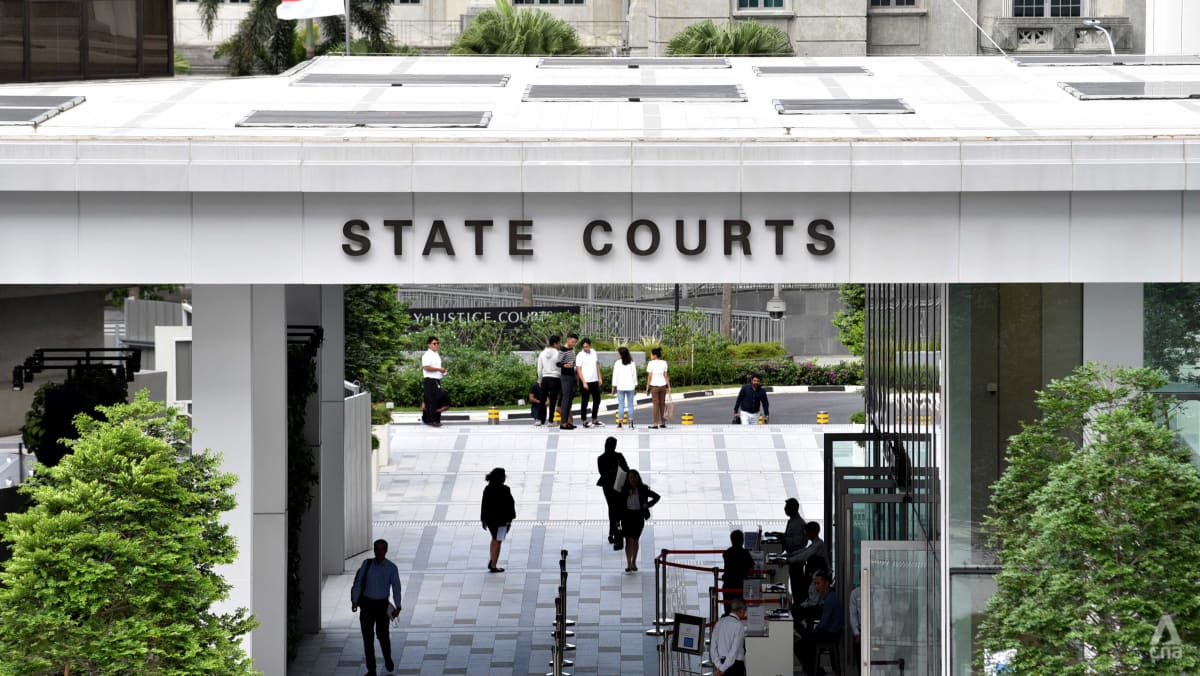
SINGAPORE: After losing money from cryptocurrency trading, an insurance agent with AXA began tricking his clients and acquaintances into giving him money, totalling more than S$193,000 (US$144,100).
Xie Huirong, a 27-year-old Singaporean, was sentenced to two years and four months’ jail on Tuesday (Jan 30).
He pleaded guilty to six charges, mostly of cheating, with another 11 charges taken into consideration.
The court heard that Xie was an insurance agent at AXA from August 2017 to November 2019.
He lost money in leveraged cryptocurrency trading. In order to regain his capital, he resorted to obtaining money from his clients under various false pretexts linked to their policies, the prosecution said.
HIS VICTIMS
Xie’s victims included his friend’s aunt – who was a single mother whom he knew needed extra income, a research fellow at Nanyang Technological University and a supermarket cashier.
He got to know the single mother through her nephew and became her insurance agent, selling her a savings and investment policy in 2018.
In 2019, to get money from her, Xie told the woman that she could enjoy better returns if she paid her monthly premiums for the next six months in advance as a lump sum.
He lied to her that if she transferred him the cash, he would make the payments for her and it would be faster so she could capitalise on the interest rate.
Believing him, the woman wrote a cheque for S$8,000 and passed it to Xie.
He approached her a few months later for another S$8,000. Although she was initially reluctant, she eventually gave him the money as she felt she could trust her nephew’s friend.
She realised she had been duped when AXA continued deducting money from her account to pay the premiums on her policies.
Xie also cheated his own aunt, telling her about purportedly attractive returns if she invested into shares offered by Temasek Holdings.
His aunt withdrew a total of S$55,000 in cash and gave it to him. There was no such share offering by Temasek Holdings and he repaid her S$7,500 only after police investigations began.
Another victim, an NTU research fellow drawing an annual salary of about S$100,000, bought two insurance polices from Xie in late 2018 or early 2019.
Xie approached her sometime in mid-2019 and similarly claimed she could enjoy better returns if she paid her yearly premiums for the next three years in advance.
The victim transferred a total of S$30,000 to Xie, who never transferred it to AXA.
The victim persistently asked Xie for receipts. In August 2019, Xie met the victim and admitted that he had lost the money in investments.
He asked her not to go to the police and said he would repay her the whole amount, preparing an IOU.
However, he repaid her only S$10,000.
Other than cheating his clients, Xie also cheated a couple of S$20,000 after promising to sell them 800 boxes of thermometers around March 2020 at the height of the COVID-19 pandemic.
He additionally cheated a foreign student of S$4,000, pretending he could get a student pass for her and forging an approval letter from the Immigration and Checkpoints Authority.
AXA caught wind of the crimes and interviewed him in late-2019. Xie was later investigated by the police.
He has made partial restitution of about S$77,000 to some of the victims.
The prosecution sought 33 to 43 months’ jail for Xie, noting that the total monetary loss caused by his offences was S$193,235, on top of “some intangible unquantifiable harm”.
He said this sentence would not be crushing, considering Xie’s age and prospects.
Xie had cheated his own aunt, going to the extent of preparing documents allegedly from Temasek to mislead her, and abusing the name and reputation of Temasek, said the prosecutor.
His offences against his clients were also premeditated, as Xie had decided in advance to cheat them to recoup losses from speculative investments, said the prosecutor.
He was allowed to begin his jail term on Feb 7.
Imran Khan: Pakistan former PM jailed in state secrets case as election looms
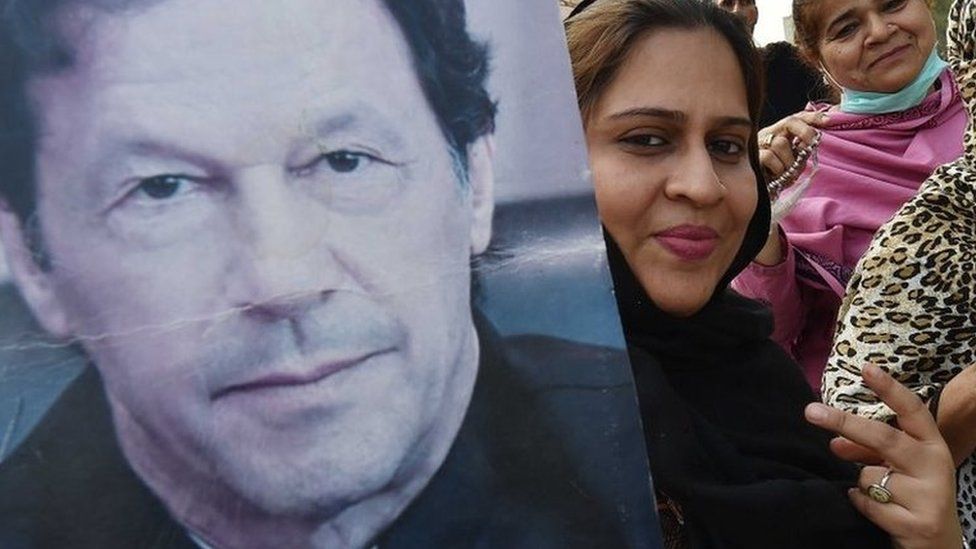 EPA
EPAFormer Pakistani prime minister Imran Khan has been sentenced to 10 years in jail in a case in which he was accused of leaking state secrets.
Khan, who was ousted by his opponents as PM in 2022, is already serving a three-year jail term after being convicted of corruption.
He has called all the charges against him politically motivated.
The conviction under the secrets act comes the week before general elections in which is he barred from standing.
Former foreign minister Shah Mahmood Qureshi – vice-chairman of Imran Khan’s Pakistan Tehreek-e-Insaf (PTI) party – was also sentenced to 10 years in prison by the special court set up inside Adiala Jail in Rawalpindi, where both men are being held.
The so-called cipher case revolves around the alleged leaking of secret diplomatic correspondence sent by Pakistan’s ambassador in Washington to Islamabad when Khan was prime minister.
It relates to his appearance at a rally in March 2022, a month before the former cricketer was ousted from power in a vote of no confidence. Imran Khan appeared on stage, waving a piece of paper that he says showed a foreign conspiracy against him.
He said it detailed that “all will be forgiven if Imran Khan is removed from power”. He didn’t name the country – but was subsequently highly critical of the United States.
The prosecution said that the former PM’s actions amounted to leaking a classified document and damaging diplomatic relations. The latter charge can lead to life imprisonment or even the death penalty.
Imran Khan has been held in Adiala jail since August. International media were not allowed to attend proceedings in the special court which has been going on over the last few months.
Local media reported that the judge had recently been told to expedite the trial.
A PTI spokesman said it would challenge the court ruling and called it a mockery.
“We don’t accept this illegal decision,” Naeem Panjutha, a lawyer for the former PM who is fighting scores of other legal cases, posted on X (formerly Twitter).
The general election will be held on 8 February, amid allegations that the PTI is being prevented by the authorities from campaigning.
Related Topics
-
-
18 December 2023
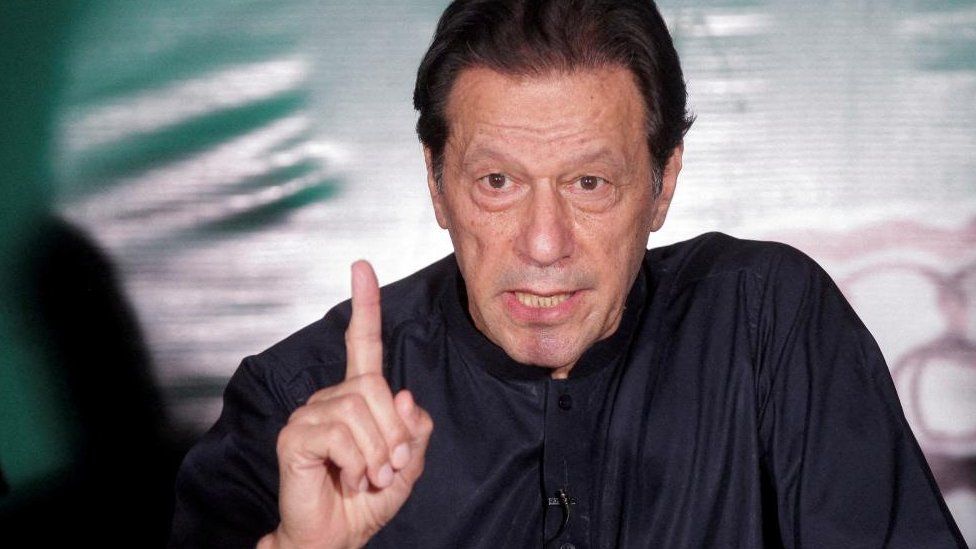
-
-
-
8 August 2023

-
-
-
6 August 2023

-
South Korea’s Yoon blocks new probe of 2022 Halloween crowd crush
South Korean President Yoon Suk-yeol blocked on Tuesday (Jan 30) a Bill to launch a new probe into a Halloween crowd crush that killed 159 people in Seoul’s Itaewon district in 2022, in a move slammed by the opposition and relatives of the victims. Yoon’s veto of a probe with an independent panel came after the prime minister described the opposition-backed Bill as politicised and potentially in breach ofContinue Reading


